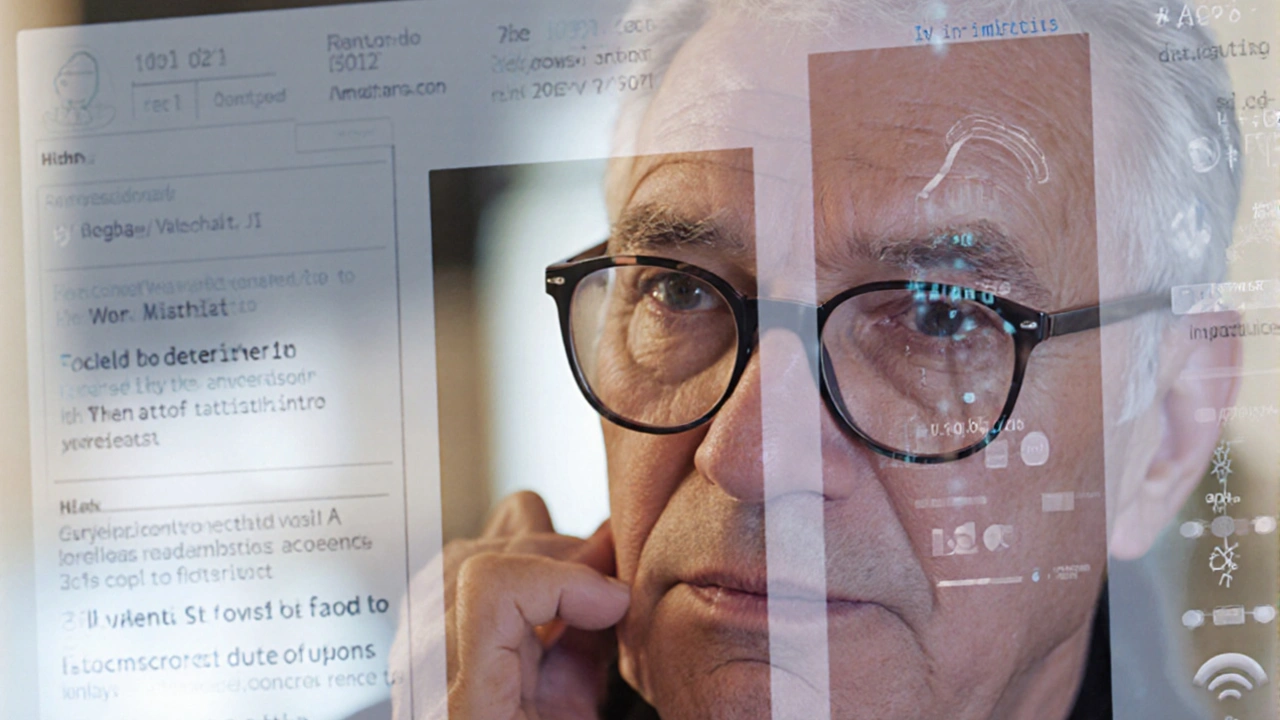AI Impersonation: What It Is and Why It Matters
Artificial intelligence can now copy a person’s face, voice, or writing style so well it tricks most of us. This ability, called AI impersonation, powers everything from realistic video deepfakes to synthetic text that sounds like a real journalist. While the tech impresses, it also creates new ways for fraudsters to breach trust.
Common Types of AI Impersonation
There are three main flavors you’ll run into:
Video deepfakes – AI swaps faces or generates entirely new footage. A celebrity might appear to endorse a product they never saw.
Voice cloning – Text‑to‑speech models mimic a known voice. Scammers use this to call a CEO and ask for a wire transfer.
Synthetic text – Large language models write emails, social posts, or news articles that look genuine. They can spread misinformation fast.
How to Spot a Fake Quickly
Don’t panic, but be alert. Look for these red flags:
1. Unusual video quality: Deepfakes often have mismatched lighting or blurry edges around the face.
2. Odd speech patterns: Voice clones may stumble on the person’s usual filler words or pace.
3. Context mismatch: If a comment seems out of character or appears on an unfamiliar platform, double‑check.
4. Verification gaps: Real news outlets usually link to sources; fake posts often lack them.
When in doubt, use a reverse‑image search, compare the audio with known recordings, or ask the supposed sender through another channel.
Protecting Yourself and Your Business
Businesses can’t ignore AI impersonation. A single bogus voice call can cost millions. Here are steps to tighten security:
- Set up a verification protocol that requires a second factor (like a password) for any financial request.
- Train staff to recognize deepfake traits and to pause before acting on urgent video or audio messages.
- Use AI detection tools that flag synthetic media. Many platforms now offer free APIs that scan uploaded files for manipulation.
- Keep software up‑to‑date. Patches often include improved defenses against deepfake‑generation methods.
On a personal level, treat unexpected messages with skepticism, especially if they ask for money, personal data, or urgent actions.
What the Future Holds
The arms race between creators of AI impersonation and detectors will keep going. As models become cheaper, you’ll see more everyday users experimenting with voice cloning for fun. That’s fine, but the line between harmless memes and malicious fraud will blur.
Regulators are starting to act. Some countries require deepfake videos to include a watermark, and tech giants are adding labels to synthetic content. Still, the best defense remains an informed audience.
Bottom line: AI impersonation is a powerful tool that can help and hurt. By learning the signs, using verification steps, and staying updated on detection tech, you can keep the benefits while avoiding the pitfalls.

AI and Ministry: 5 Alarming Risks for Church Leaders
Pastors face a growing threat from artificial intelligence that can erode personal connection, distort doctrine, and even fake preacher voices. This piece outlines five specific dangers, from loss of authenticity to theological errors, and offers practical ways to keep AI as a helpful aid—not a replacement—for genuine ministry.
